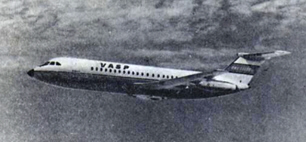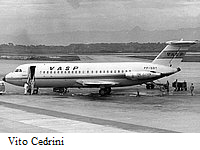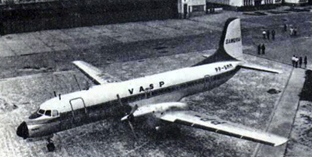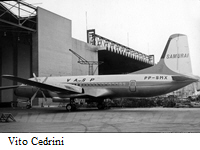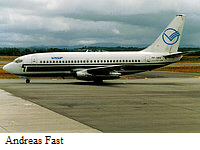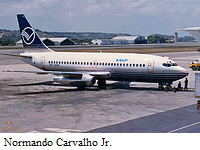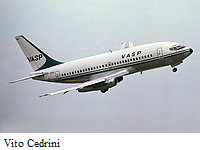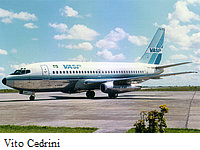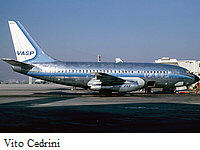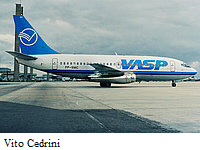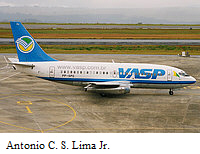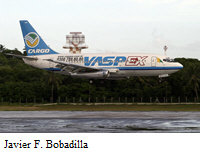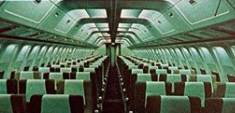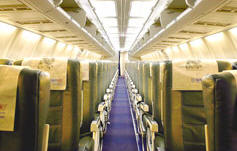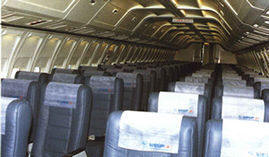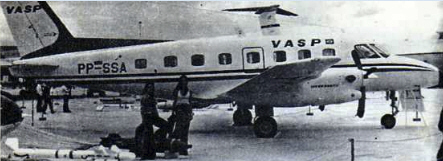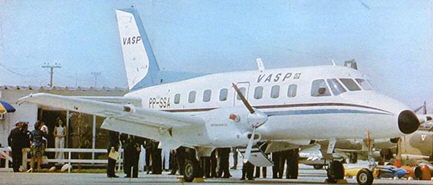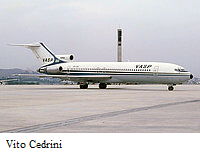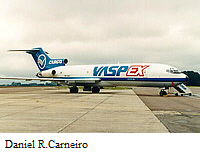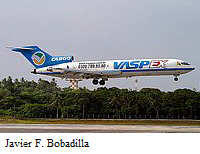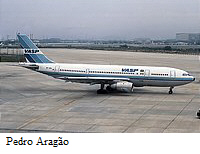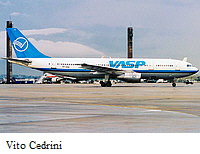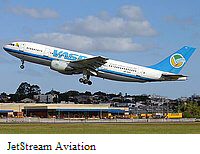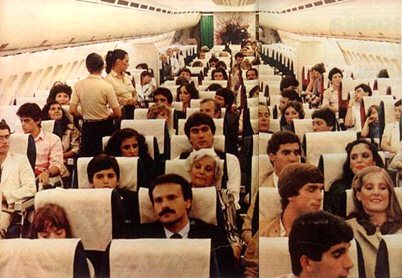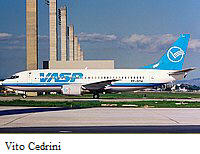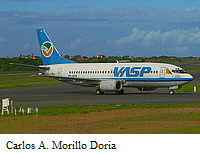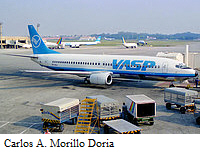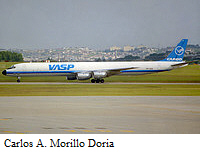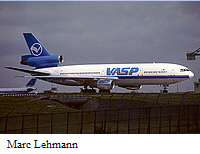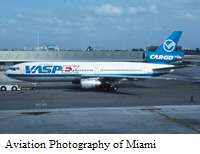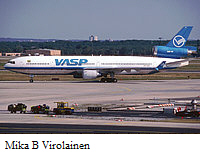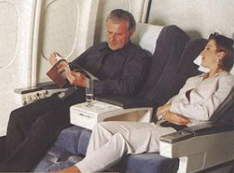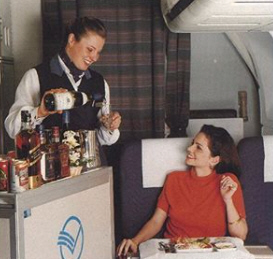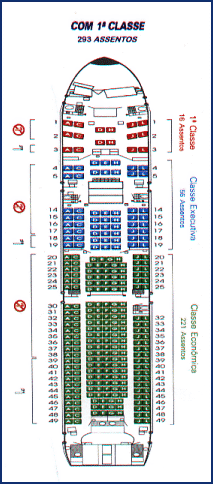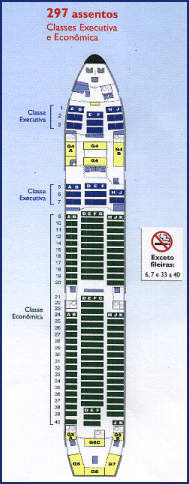 |
Vasp Fleet
Fleet/Year:
| E |
|
||||||||||||||||||||||||||||||||||||||||||||||||||||||||||||||||||||||||||||||||||||||||||||||||||||||||||||||||||||||||||||||
|
|||||||||||||||||||||||||||||||||||||||||||||||||||||||||||||||||||||||||||||||||||||||||||||||||||||||||||||||||||||||||||||||||||||||||||||||||||||||||||||||||||||||||||
|
|||||||||||||||||||||||||||||||||||||||||||||||||||||||||||||||||||||||||||||||||||||||||||||||||||||||||||||||||||||||||||||||||||||||||||||||||||||||||||||||||||||||||||||||||||||||||||||||||||||||||||||||||||||||||||||||||
|
|||||||||||||||||||||||||||||||||||||||||||||||||||||||||||||||||||||||||||||||||||||||||||||||||||||||||||||||||||||||||||||||||||||||||||||||||||||||||||||||||||||||||||||||||||||
|
|||||||||||||||||||||||||||||||||||||||||||||||||||||||||||||||||||||||||||||||||||||||||||||||||||||||||||||||||||||||||||||||||||||||||||||||||||||||||||||||||||||||||||||||||||||||||||||||||||||
|
|||||||||||||||||||||||||||||||||||||||||||||||||||||||||||||||||||||||||||||||||||||||||||||||||||||||||||||||||||||||||||||||||||||||||||||||||||||||||||||||||||||||||||||||||||||||||
* Leased-out from LAB.
> Historical Fleet:
|
Monospar ST4 |
|
The Monospar was VASP first aircraft. Two of them had
already been bought even before the company officially exist.
With them VASP held its first two flights, from Campo de
Marte airport (Sao Paulo) to Ribeirao Preto and Uberaba and
to Sao Carlos and Rio Preto. The Monospar were baptized
"Bartolomeu" (VASP 1) and "Edu Chaves" (VASP 2). SPECIFICATIONS: |
|
De Havilland Dragon
DH-84 |
|
In June 1939 Vasp's DH-84 was transferred to the Naval Aviation of the government of São Paulo. SPECIFICATIONS: |
|
Junkers JU-52/53 |
||||||||||||||||||||||||||||||||
|
JU-52/53 was the first model acquired by VASP after being privatized. It
was also the first model that was not of from UK. The first two were
built in August 1936 and inaugurated the route Rio-São Paulo, Brazil's
busiest route. One took off from Congonhas airport in São Paulo, and the
other from Santos Dumont in Rio de Janeiro, simultaneously. The Junkers
PP-SPD was the aircraft that inaugured Congonhas airport at 8:40 a.m. 5
August 1936, towards Rio de Janeiro. With the Junkers Vasp expanded its lines to the Midwest, South and Belo
Horizonte. Vasp's Junkers had an ashtray for each seat and passengers
could smoke anywhere on the aircraft. Each seat also had a
ventilation system and individual lights. The passenger
cabin had a small bar. The seats were grenat leather and the
walls and ceiling were light beige.
SPECIFICATIONS:
|
|
Douglas DC-3/C-47 |
|
After World War II, Vasp began to acquire American DC-3 aircraft. The
first four, PP-SPL, PP-SPO, PP-SOK and PP-SPP, arrived in 1946 and
thirteen more before 1950. The DC-3s replaced the Junkers and quickly
became the company's flagship aircraft. With the DC-3s, Vasp was able to
increase the frequencies of its routes and expand its network to the
North of Northeast Brazil.
SPECIFICATIONS: |
|
|
Scandia SAAB90A-2 |
|
VASP operated ALL units built, even the prototype! Vasp opted for Scandia mainly because it can take off from Santos Dumont airport without restriction and also for its low price against Convair 240. The first (PP-SQC) arrived in Brazil in June 21, 1950. The last Scandia made its last flight on July 24, 1969 in the route São Paulo - Londrina - Maringá - São Paulo. The last Scandia performed its last flight on July 24, 1969, on the São Paulo - Londrina - Maringá - São Paulo route. SPECIFICATIONS: Total operated: 18 |
|
|
Vickers Viscount 700 / 800 |
|
The Viscounts were the star of the company's fleet in the 1960s and made Vasp the first airline to operate a turboprop aircraft in Brazil. Called a "jet" in advertisements at the time, the Viscount flew faster and higher than the piston aircraft of the time, making travel more comfortable. Vasp chose Viscount to modernize its fleet, until then formed by DC-3 and Scandia. The company placed an initial order for five V-827 model. The first unit, PP-SRC, arrived in October 1958. Three more units arrived in 1958. The last unit, PP-SRG, arrived in January 1959. However, in November 1959, the PP-SRG suffered a fatal accident. To replace it, Vasp ordered another unit, PP-SRH, received in October 1960. The Viscount was a great success among passengers, bringing new features such as a pressurized cabin, greater speed and music on board. The Viscount were the most modern aircraft on domestic flights until the introduction of the Caravelle in 1959. After the acquisition of Loide, Vasp began a process of standardizing the fleet and received ten more Viscount units, but these were 700 series, for fewer passengers. All of them were flying at the European company BEA before coming to Vasp. All were received throughout 1963. The 800 and 700 models became known in Brazil as "Vaicão" and "Vaiquinho", respectively. The Viscount 700 replaced the Scandia on the Rio-São Paulo route and were the last models on this route before the Electra II monopoly. In addition Viscount operated to Porto Alegre, Northeast region, on São Paulo - Brasília and Rio de Janeiro - Manaus route, the last on being done in just one day thanks to the higher speed of the Viscount. In the late 60's Viscount 700 fleet would need to undergo heavy maintenance, which would generate high expenses. Vasp then decided to retire the aircraft. The first units went out of operation in February 1969. The last unit, PP-SRI, left the fleet permanently in April 1970. The Viscount 800 remained in Vasp's fleet until 1975, when they were permanently retired. PP-SRC, PP-SRF and PP-SRH were sold to Pluna. PP-SRD, PP-SRE, PP-SRG, PP-SRM, PP-SRQ and PP-SRR suffered fatal accidents. The others were donated, dismantled or abandoned. SPECIFICATIONS: Total operated: 10 (700) / 6 (800) |
|
|
Curtiss C-46
Commando / Douglas DC-4 / Douglas DC-6 |
|
After the acquisition of Lloyd Aereo Group in January 7, 1962 VASP incorporated new types to it fleet: eight Curtiss C-46, eight DC-4 and four DC-6. DC-4 and C-46 were operated by VASP for only eight years, while the DC-6 remained at the end of the 70s. Total operated: 14 (C46) / 8 (DC4) / 4 (DC6) |
|
|
|
Boeing 737-200 |
|
Boeing 737-200 is the most famous aircraft of all time in Vasp's fleet.
The airline was the pioneered of 737 in Brazil. The first Boeing 737 of
Brazil was PP-SMA brought in 1969 by VASP. This aircraft operated for 35
years! for VASP and would may have operated for more years, but it was
prohibited from flying by DAC in 2004, due to lack of maintenance. A VASP's study showed that the engines lost income where the average temperature was very high and the support offered by the air was smaller, creating problems for the stability of the airplane. Thus Boeing created the Boeing 737-200 Super Advanced with more powerful engines. In 1974 Vasp received five more units and also acquired four used aircraft from PSA and the first freighter version, PP-SMW, from Southwest, but returned the PP-SMD, totaling 18 B737s in the fleet. The last units directly from the factory arrived in 1975, PP-SNA and PP-SNB, and in 1976, PP-SNC and PP-SND. In 1976 Vasp Boeing 737-200 fleet reached its peak, with 23 units operated simultaneously, the largest fleet in South America and one of the largest in the world at the time. The Boeing 737-200 became the main aircraft in the fleet and synonymous of Vasp. Some units could be easily converted to transport passengers or cargo, depending on the need. In the 80's, Vasp acquired five more units. However four units suffered fatal accidents (PP-SMX, PP-SMY, PP-SNC and PP-SME) and three units were returned over the decade. In 1985 PP-SME was the first aircraft to with the company's new visual identity. During the 1990s, with the privatization of the company, Vasp brought thirteen more used 737-200s until 1999. However, PP-SND and PP-SMV suffered fatal accidents. In 2003 PP-SPJ also suffered a fatal accident. In addition six units left the fleet by the end of 1992, more two in 1993 and one in 1999. After the troubled privatization, Vasp did not have the resources to renew the fleet, which remained the same. In 1999 Vasp changed the internal configuration of the 737-200, making it more comfortable, with only 107 seats in a single class. In 2004 DAC prevented most of the company's fleet from operating due to lack of maintenance. Vasp's fleet was reduced to just six 737-200s, which remained in service until the company ceased operations in February 2005. The Boeing 737-200 was also operated by VaspEx. The company even operated four Boeing 737-200 freighters, the first airline to operate a Boeing 737 freighter in Brazil.
Length: 30.53 m
|
|
|
Embraer EMB-110
"Bandeirante" |
|
But the EMB-110s only operated for three years. After the creation of SITAR, in 1975, Vasp stopped operating regional flights and all EMB-110s were transferred to Tam.
Total operated: 10
Registry
Model
Status |
|
Boeing 727-200 |
|
The Boeing 727 was the initial option to replace the BAC 1-11, but the idea was to order Boeing 727-100 models. Only in 1975 Vasp acquire the high-performance Boeing 727-200Adv (Advanced). The first two units, PP-SNE and PP-SNF, arrived in March 1977 and were the first version 200 operated in Brazil. The 727s were the company's largest jets until the arrival of the A300 and operated on high demand and long routes such as São Paulo - Brasília - Manaus. The company was supposed to receive two more units in 1978, but cancelled the order. In 1979 Vasp leased two Boeing 727-100 freighters from Evergreen, registered PP-SRY and PP-SRZ. They left the company's fleet in 1980 and 1981, respectively. However, in 1980, Vasp ordered more units for passengers, receiving four units in the same year. In 1980, Vasp also acquired two used 727s from Singapore, operating 8 Boeing 727-200s simultaneously. With the new units, flights with the B727 were expanded to Rio de Janeiro and the capitals of the northeast region.
In 1982, with the arrival of the A300, Vasp began retire its Boeing 727.
The first to leave the fleet was the PP-SMK, still in 1982. In 1984 more
two were withdrawn. The last unit, PP-SNJ, remained in the fleet until
April 1989. In 1996 Vasp returned to operate with Boeing 727, but this
time with the cargo version, which operated in the colors of VaspEx. The
first two units were received in 1996. In 1997 more two units were
received. However, in 2000, two units were returned. The two remaining
727Fs stayed with VaspEx until the company's end n 2005. |
|
|
Airbus A300B2 |
|
After several studies between Boeing 757, Boeing 767 and A300,
Vasp chose the Airbus A300. In October 1980 the company
announced the purchase of three units of the short-range version
A300B2-203. The first two units, PP-SNL and PP-SNM, arrived in
November 1982 and were received with a big party at Congonhas
Airport. The third unit arrived on January 31, 1983. They were
the first wide-body aircraft and also the largest aircraft
operated by Vasp until the arrival of the DC-10 and MD-11. The inaugural flight was on São Paulo - Brasília - Manaus route and during the flight there was a parade of the company's new uniforms. The aircraft also operated São Paulo - Rio de Janeiro - Recife - Fortaleza - Teresina - São Luis - Belém route. For the first time in the company had First Class, in addition to an on-board telephone. The A300 was one of the largest aircraft to operate at Congonhas Airport and inaugurated the company's new visual identity, with various shades of blue. However, the new paint was short-lived and was replaced in 1985. The three planes flew on the company's main national routes, serving cities such as Porto Alegre, São Paulo, Rio de Janeiro, Salvador, Recife, Fortaleza, Brasília and Manaus. The aircraft also flew on the São Paulo - Buenos Aires route. During the 1980s Vasp also used the A300 for charter flights to Aruba, Orlando, Miami, Bariloche and Curaçao. In 2002 PP-SNL ceased due to lack of maintenance. PP-SNM stopped operating in 2004 and PP-SNN also stopped soon after. All A300s remained parked until the company went bankrupt.
Total operated: 3 Length: 53.60 m
|
|
|
Boeing 737-300 |
|
Boeing 737-300 was very popular in Brazil and main aircraft for
domestic flights in the 80's, 90's and early 2000s. VASP was the first
to bring Boeing 737-300 to Brazil in 1986. It operated Rio de Janeiro -
São Paulo route and was very successful. Boeing 737-300 was much more
modern and efficient than the Varig's Electra II. Thus Varig also chose
the Boeing 737-300 to replace Electra II as well. In 1990 Vasp was privatized and the fleet expanded rapidly, reaching 20 Boeing 737-300 units in 1991. But as fast as it expanded, the fleet shrank abruptly in 1993 when the company was forced to return several aircraft for leasing non-payment. VASP intention was to acquire more units and replace Boeing 737-200, but the airline went in financial crisis and had no money to renew its fleet. Total operated: 26 Length: 33.40 m
|
|
|
Boeing 737-400 / Douglas DC-8-71F |
|
With privatization in 90s, Vasp began a big expansion and adquired three
Boeing 737-400. But they were soon returned, because the VASP failed to
pay the lease. Total operated:
3 The DC-8 were leased for cargo in 1993, but they were returned after lease non-payment. Total operated: 3 |
|
|
Douglas DC-10-30 |
|
After privatization in the 90s, Vasp began a big expansion and launched
international flights. In 1991 received DC-10-30. However the aircraft
was returned in a short time, replaced by the MD-11. In 1997 VaspEx also
operate a DC-10-30 briefly.
Total operated: 4 |
|
|
McDonnel Douglas MD-11 |
|
After privatization in the 1990s, Vasp launched international
flights and the MD-11 was the company's main long-haul aircraft.
With the MD-11, Vasp operated in South America, Caribbean,
United States, Europe, Africa, Japan and Korea. The first unit,
PP-SOW, arrived on February 6, 1992 and began flights to the
United States. The second unit, PP-SOZ, arrived in March of the
same year, allowing the expansion to Brussels and Seoul. The
third, PP-SPE, arrived in December 1993 and the fourth, PP-SPD,
in January 1994. PP-SPK and PP-SPM, arrived in November and
December 1995, respectively. With new units, Vasp launched
flights to Toronto, Barcelona, Zurich, Casablanca and Athens. The last units arrived in 1996: PP-SPL in January, PP-SFA in June and PP-SFD in November. As a result, the company were operating nine MD-11s simultaneously and launched flights to Frankfurt and Osaka. In 1998 PP-SPM left the fleet and was transferred to KLM. In 1999 the company, which was in financial difficulties, was forced to return all MD-11s due to leasing non-payment and, as a consequence, canceled all long-haul flights. The first two to leave were PP-SOW and PP-SOZ in February, and Vasp was forced to terminate flights to New York and Toronto. On May 24, the last four MD-11s still in operation PP-SPK, PP-SPL, PP-SFA and PP-SFD were returned. Length: 61.20 m
|
|
> Order History:
-
10x Boeing 737 24/09/1997 (cancelled order)
-
10x Airbus A310-300, (2 for Ecuatoriana, 2 for LAB and 6 for Vasp) 11/10/1996 (cancelled order)
-
1x MD-11 02/09/1996
-
1x MD-11 02/07/1996
-
10x Boeing 737-300 1995 (cancelled order)
-
2x MD-11 26/06/1995
-
9x Airbus A310-200 21/07/1982 (cancelled order)
-
13x Boeing 737-300 1982 (cancelled order)
-
3x Airbus A300B2 21/01/1981
-
4x Boeing 727-200 22/01/1980
-
2x Boeing 727-200 21/03/1977
-
2x Boeing 737-200 and 2x Boeing 737-200C 1975
-
5x Boeing 737-200 1974
-
3x Boeing 737-200 1973
-
1x Boeing 737-200 1972
-
5x Boeing 737-200 19/04/1968
-
2x BAC-1-11-400 22/06/1967
-
3x Douglas DC-9-10 24/04/1967 (cancelled order)
-
4x Caravelle 6R 29/09/1962 (cancelled order)
> Intentions:
-
Buy E-Jets
-
Convert a A300B4 to freighter
-
Buy 3 Boeing 767-300
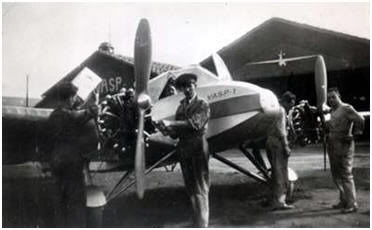
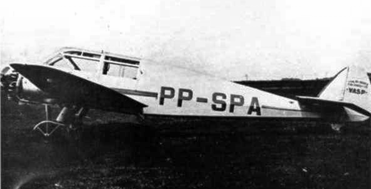
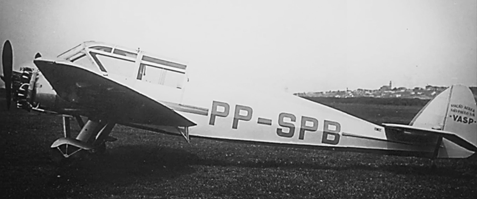
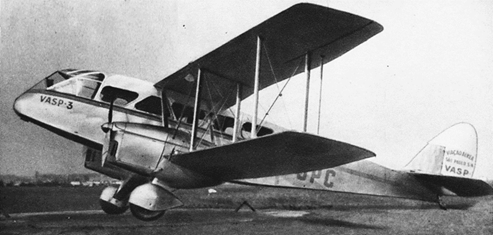
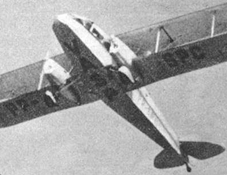
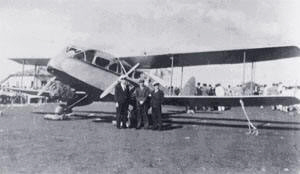
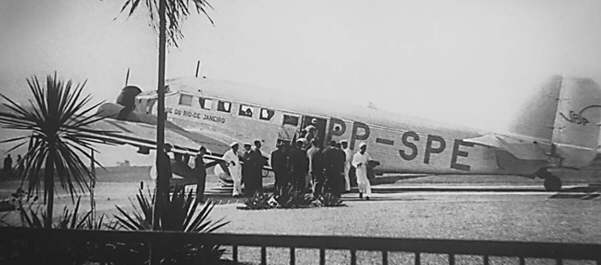
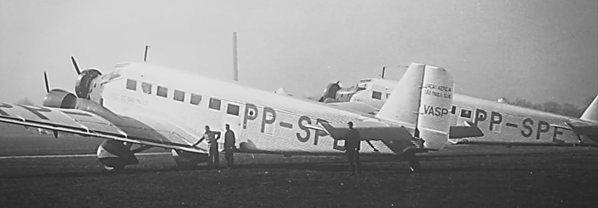
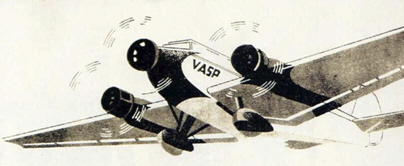
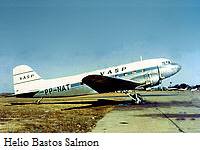
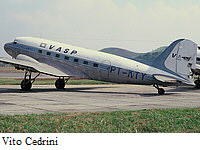
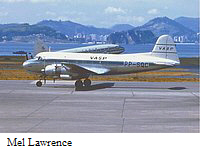
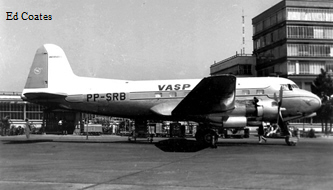
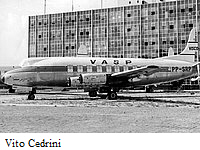
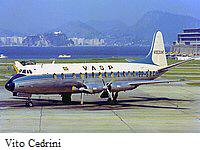
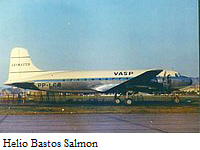

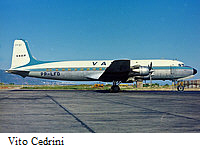
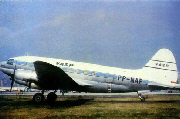 C-46
C-46